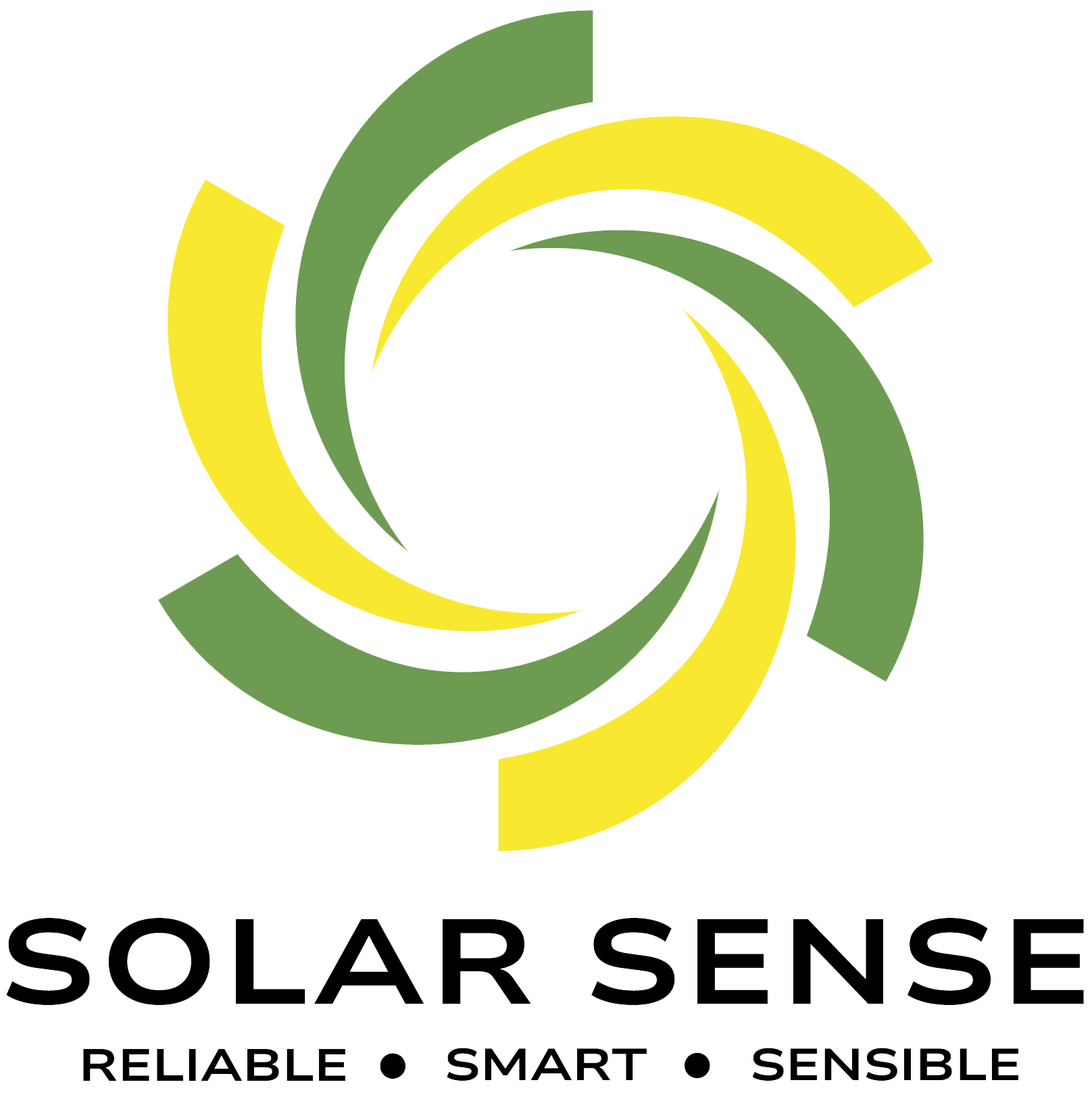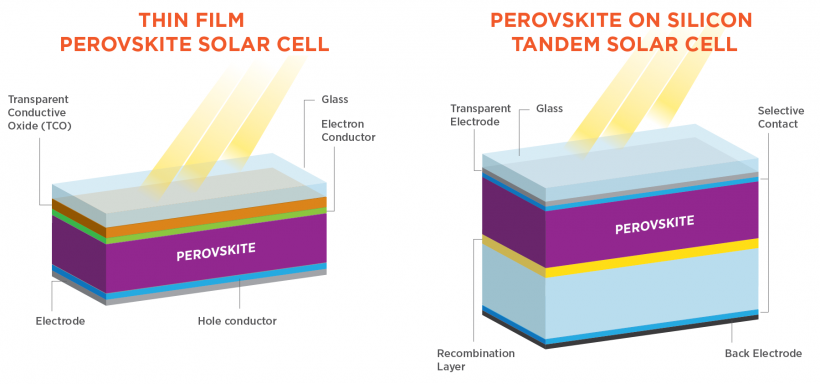Solar panels are increasingly popular among homes and businesses due to the growing global preference for renewable energy sources.The demand for high-quality and reliable solar panels is increasing as more people switch to solar energy. If you’re looking for a top distributor of solar panels in Delhi, this site offers excellent services and top-quality products for your solar energy needs. With my help, we make your switch to solar energy a flawlessly successful one.
What is the importance of Experience distributor of solar panels?

Since the adoption of renewable energy has increased worldwide, many homes and businesses are now using solar panels. The growing popularity of solar energy drives the increasing demand for high-quality, reliable solar panels in the market. If you are looking for a leading dealer for solar panels in Delhi on the internet, this is the one. I am here to give you the best solar solutions that will provide premium products as well as excellent services. By helping you, we ensure that your transition to clean energy is very successful.
One of the top solar panel dealers in Delhi, India is Solar Sense India. Top manufacturers include Tata Power Solar Systems,Waaree, Vikram Solar, Adani Solar, Microtek Solar Solutions, Loom Solar Pvt Ltd, Moser Baer Solar Ltd, EMMVEE, Renew Solar and Icom Tele Ltd. All of them have unique technologies for residential and commercial customers as they cater to both residential and commercial requirements. Out of this we are collaborated partner with the top manufacturers of solar panel in delhi, which are adani, waaree, and Havells etc. They provide high quality solar panels.
Why should you choose solar sense as your best distributor of solar panels?
Your decision to choose a solar panel supplier will determine the level of satisfaction you receive from your solar power system. Here is why we are the ultimate choice for you:
- Expert Opinion: Our staff is highly experienced in the solar industry. Our priority is to help you choose the most suitable solar system and use modern and efficient technology.
- Quality Products: We deal directly with manufacturers who have good quality panels for you. We ensure that you get products that are reliable and work efficiently.
- Installation Services: Delivery is not available on our end; we will also install the panels. Our team of experts ensures that all systems are installed properly and in good working conditions.
- Personal Approach: Solar projects vary from one another. With our specialized solutions, we can design something that suits your individual needs and financial capacity.
- Timely Shipping: Through our fast logistics, your solar panels will be delivered on time without any problems.
- Local Awareness: Understanding Delhi’s market and local laws aids in creating solutions that align with its specific context.
- 24/7 support: You can count on our support team members to be there for you at any stage of cooperation, from application submission to post-installation issue resolution.
- Latest technology: To provide customers with maximum results for the money spent on PV installations, we stay up to date with the latest developments in the field of solar energy.
Get in touch with Azadpur
Ready to make the switch to Solar Panels? Contact us for a consultation to find out how we can help you in selecting the best solar panels for homes in india and utilize the power of the sun.
- Phone: +91-8130025257
- Email: info@solarsense.in
- Solar Sense
- 13 Main GT Road, Azadpur, Delhi-110033
Stay connected with us for the latest updates and offers on our solar solutions.






